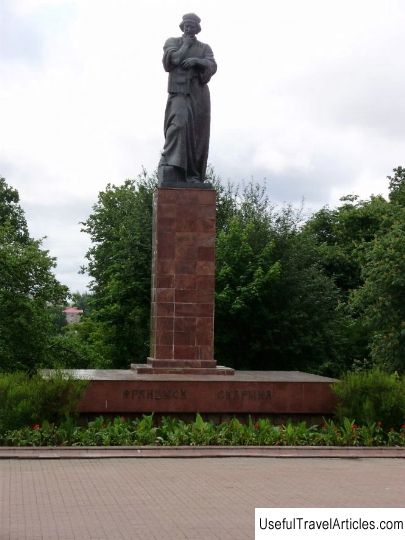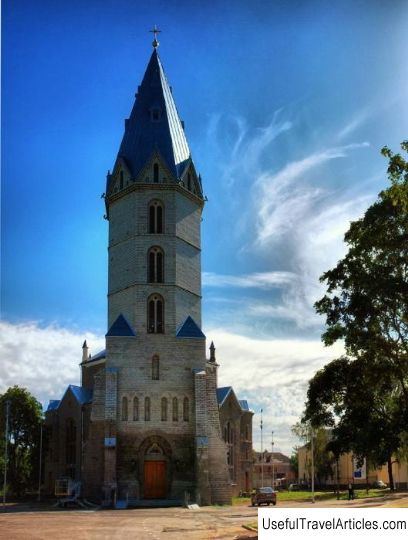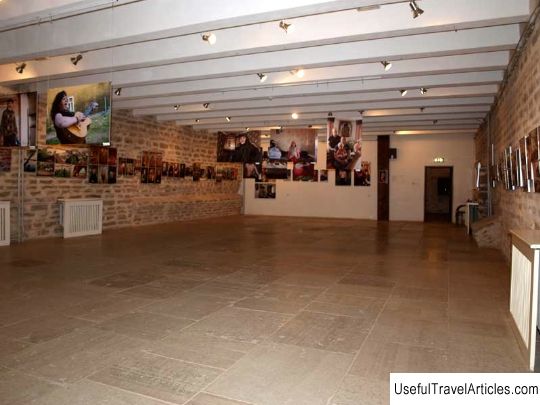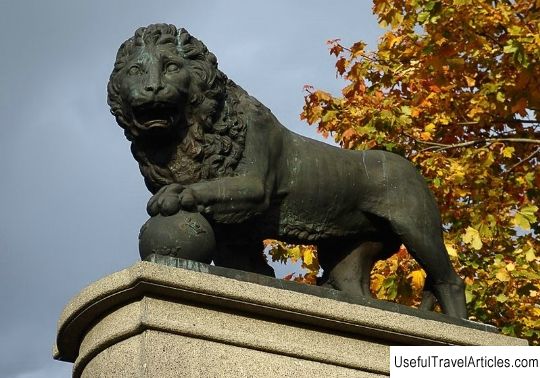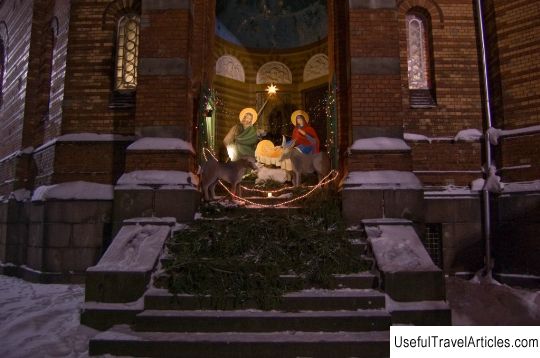Kreenholm manufactory (Kreenholmi valduse) description and photos - Estonia: Narva
Rating: 7,8/10 (100 votes) 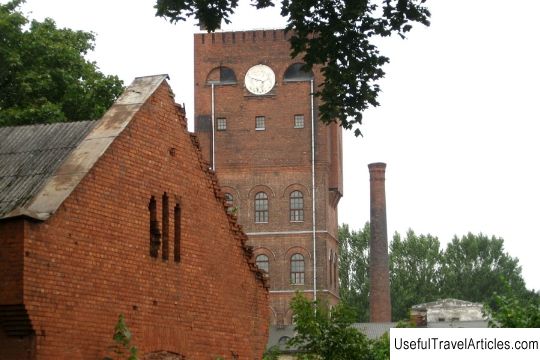
Kreenholm manufactory (Kreenholmi valduse) description and photo - Estonia: Narva. Detailed information about the attraction. Description, photographs and a map showing the nearest significant objects. The title in English is Kreenholmi valduse. Photo and descriptionIn the area of Narva waterfalls there is the island of Krenholm. Previously, the Narva waterfall was one of the largest in Europe. The noise of the falling water could be heard for several kilometers. Unfortunately, at the present time, all this beauty is no longer available to locals or tourists. The island is an industrial complex, which is of great importance for Narva, although it was sacrificed to the greatness of nature. In the middle of the 19th century, a large shareholder Ludwig Knop bought the island of Krenholm from the Narva merchant Sudhov for a new factory. In April 1857, the first industrial complex was founded on the island. Construction progressed very quickly and by the end of the following year the first 8,000 spinning machines were in operation. By 1862, when the entire original building was fully completed and launched, The Krenholm Manufactory became the most modern textile enterprise in Russia in those years. The spinning machines were driven by water that entered the turbines through specially built channels. In 1870 the "New Spinning Mill" was built. In subsequent years, the Yoal and Georgievsk factories were built and launched. By 1872 about 6 thousand people worked at the enterprises. The premises were lit with gas lamps. Each of them was equipped with ventilation. Additional ventilation was installed in especially dusty workplaces. In addition, special humidifying devices were used to remove dust in the indoor air. All factory buildings were built with non-combustible materials. In addition, the factory was equipped with an automatic fire extinguishing system, which was triggered when the temperature rose to a certain level, while the pumps were turned on, and water was sprayed over the fire source. Thus, the enterprise for those years was extremely well equipped both from the point of view of production and from the point of view of working conditions and safety of the manufacture itself and the people working on it. In addition to industrial buildings, there were other buildings at the manufactory. Workers' barracks were built here, in which mainly newcomers and their families lived. Since the factory employed many minors and illiterate people, the factory had its own two-year school, as well as a nursery where workers could leave their children for the whole day. There was a bathhouse and a laundry room with hot water for the workers of the plant, which they could use free of charge. Markets and shops operated on the territory of the manufactory, and a mill was built. In 1872 a police station was opened, a few years later - a telegraph point. Since 1893, its own bakery has been opened on the territory of the factory. At that time, all family events, such as weddings, childbirths, funerals, did not take place without the participation of the church. Therefore, in 1881-1884, the Alexander Lutheran Church was built, and in 1890-1896 - the Orthodox Resurrection Cathedral. There was also a hospital on the territory of the enterprise, for the maintenance of which two kopecks per ruble from the workers' salaries were withheld. So, the Krenholm manufactory represented a kind of city that was constantly expanding and frustrating. As a result, the Krenholm architect managed to create his own original style, connected with the historical traditions of Narva architecture. However, not everything was so smooth. Workers complained about the heat as the ventilation did not always work. Plus a long working day that lasted from 5 am to 8 pm. For being late and even for a breakdown of the machine, workers could receive a monetary fine. This enterprise, in addition to its size, became known also thanks to the strike of 1872, which hit the pages of history textbooks as the Krenholm strike. In the summer of 1872, a cholera epidemic broke out in the Estland province. The disease killed many, and Krenholm did not escape. Some of the workers, in order to avoid infection, were asked to terminate the contract ahead of schedule. Many of the factory workers rebelled over the poor and unsanitary living conditions. The workers put forward a number of demands, some of which, as a result of negotiations, they were executed. In 1900, the company's products were awarded the Grand Prix at the Paris World Exhibition. It should be noted that in modern Estonia there is no analogue of such a complex, which recently celebrated its 150th anniversary, and is still the largest employer in the city. And the institutions built by Krengolm still work today.      We also recommend reading Nature reserve ”Gladyshevsky” description and photo - Russia - Leningrad region: Vyborgsky district Topic: Kreenholm manufactory (Kreenholmi valduse) description and photos - Estonia: Narva. |
